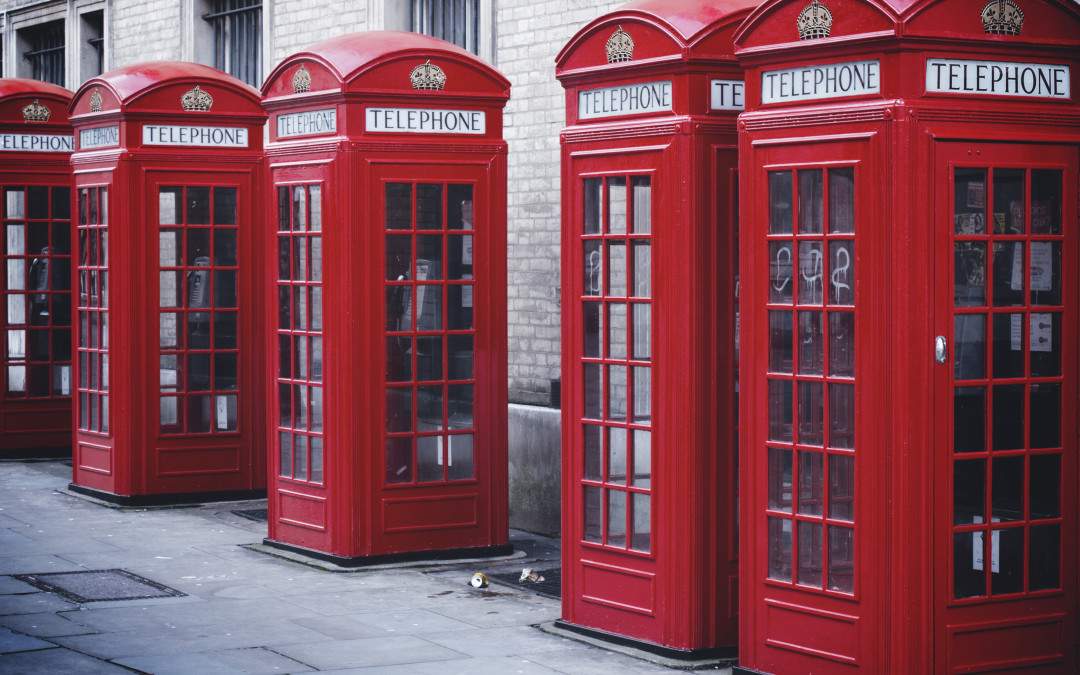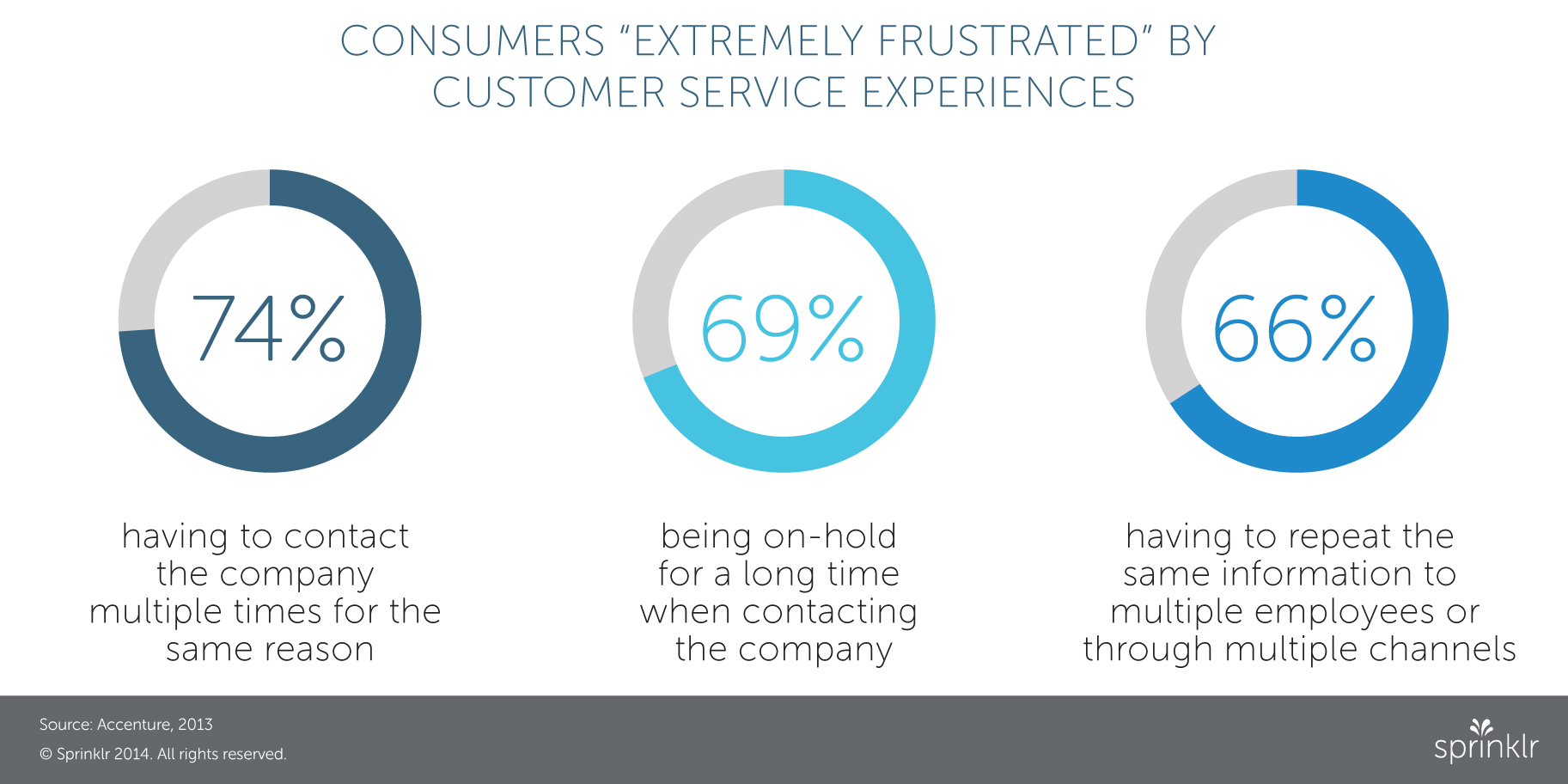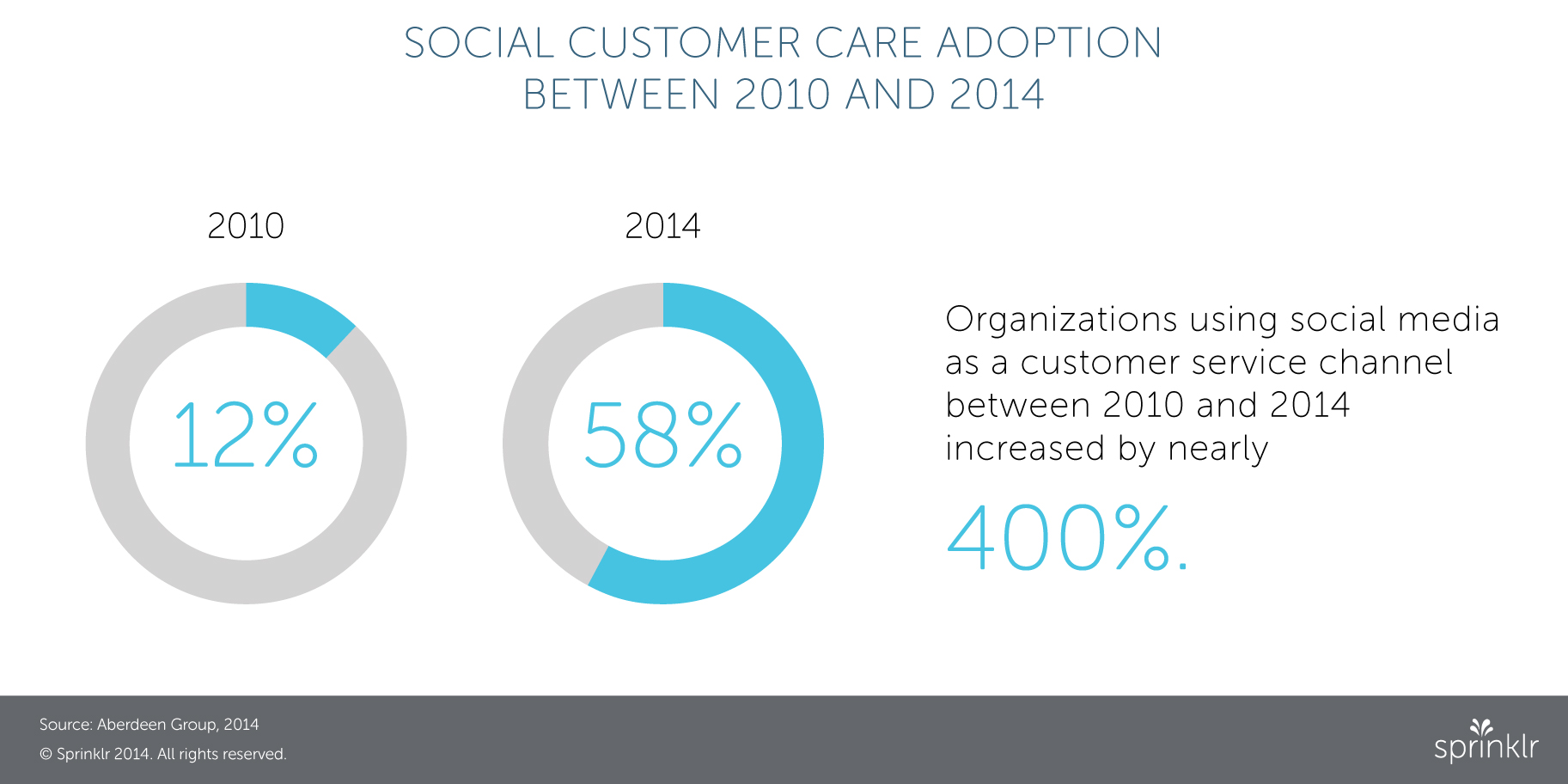Whenever I have to call a company’s 1-800 number, I set aside at least an hour. I also set aside a lot of patience. Between being on hold, getting re-routed, and the occasional dropped call… an hour might even be cutting it close.
As a customer, I dislike customer service.
As a marketer, I sympathize.
When you’re a multibillion-dollar conglomerate with hundreds of locations worldwide, efficiency equals survival. Functions like call centers enable you to process thousands of customer inquiries as quickly as possible – all while spending as little money as possible. This is efficiency at its finest.
It’s not surprising then that so many companies are unwilling to improve on traditional customer service methods. Why fix something that’s not broken, right?
Customer service is broken right now. Functionally, it’s probably fine. But from experience perspective, it’s abysmal.
Customers hate your customer service. Not dislike, but hate – the kind of hate that involves expletives and insults. In a 2013 global consumer survey by Accenture, more than 60% of respondents cited being “extremely frustrated” by common customer service practices such as long wait times and having to repeatedly contact a company for the same issue. US customers are even more fed up – almost 75% reported being extremely frustrated when having to contact a company multiple times for a single reason.
These seemingly minor offenses have a big business impact. Two-thirds (66%) of global consumers said they switched companies due to poor customer service experiences. Rather than put up with your service, customers leave you.
Your traditional customer service model is failing.
So, what should you do? You start meeting customers where they need help, you engage with them at every touchpoint. And I mean, every one of them – social media channels, stores, website, etc.
The reasons are simple:
- Your customers expect it.
- Your competitors are doing it.
To say that today’s consumers are social would be an understatement. More than 1.3 billion people worldwide log on to Facebook each month. That’s about one of every five people. Even smaller networks are growing at an astonishing rate – four-year-old Instagram, for example, has already reached its 300 million users mark.
Consumers aren’t just using these networks to interact with one another; they’re using them to communicate with brands. They’re using it to provide feedback, pose questions, and ask for help.
Social media is no longer a channel of last resort – where customers go after trying all other methods. It’s an increasingly important customer service channel.
The percentage of consumers that use social media for customer service more than doubled between 2011 and 2013, from 16% to 37%, according to a 2013 NICE report. Millennials are especially adoptive of social media. More than half are using social media as one of their customer service channels.
But it’s not just consumers that are becoming more social – your competitors are, too.
In 2010, roughly 10% of organizations were using social media as a customer service channel. Early adopters included risk-takers with vision and a tolerance for potential failure, like Comcast. The global media and technology company was using Twitter for customer care – establishing @ComcastCares in March 2008 – at a time when many brands still didn’t see the potential in Twitter.
Today, it’s no longer the risk-takers or early adopters with a social care program. More than half of companies (58%) use social media to manage and respond to customer service issues. In less than four years, the adoption of social media as a customer care channel increased by nearly 400%. Five years from now… you don’t need a calculator to foresee full adoption.
By 2020, if you’re not using social media to provide customer service, you will lose out to your competitors. You will become irrelevant.
Whether in-person or online, companies should strive to deliver the same positive customer experiences regardless of the channel. Every consumer-to-brand interaction can be optimized. Every customer touchpoint can be exceptional.
If your customers stops by your store, greet them at the door.
If they call you, pick up the phone.
If they post to your Facebook wall, comment back.
A company that meets customers wherever and whenever they need help – that’s the future of customer service.
If you are interested in knowing how to bridge those gaps, we at Sprinklr put together a whitepaper with practical tips and case studies around building a successful social customer care program.
Originally appeared in HuffingtonPost



